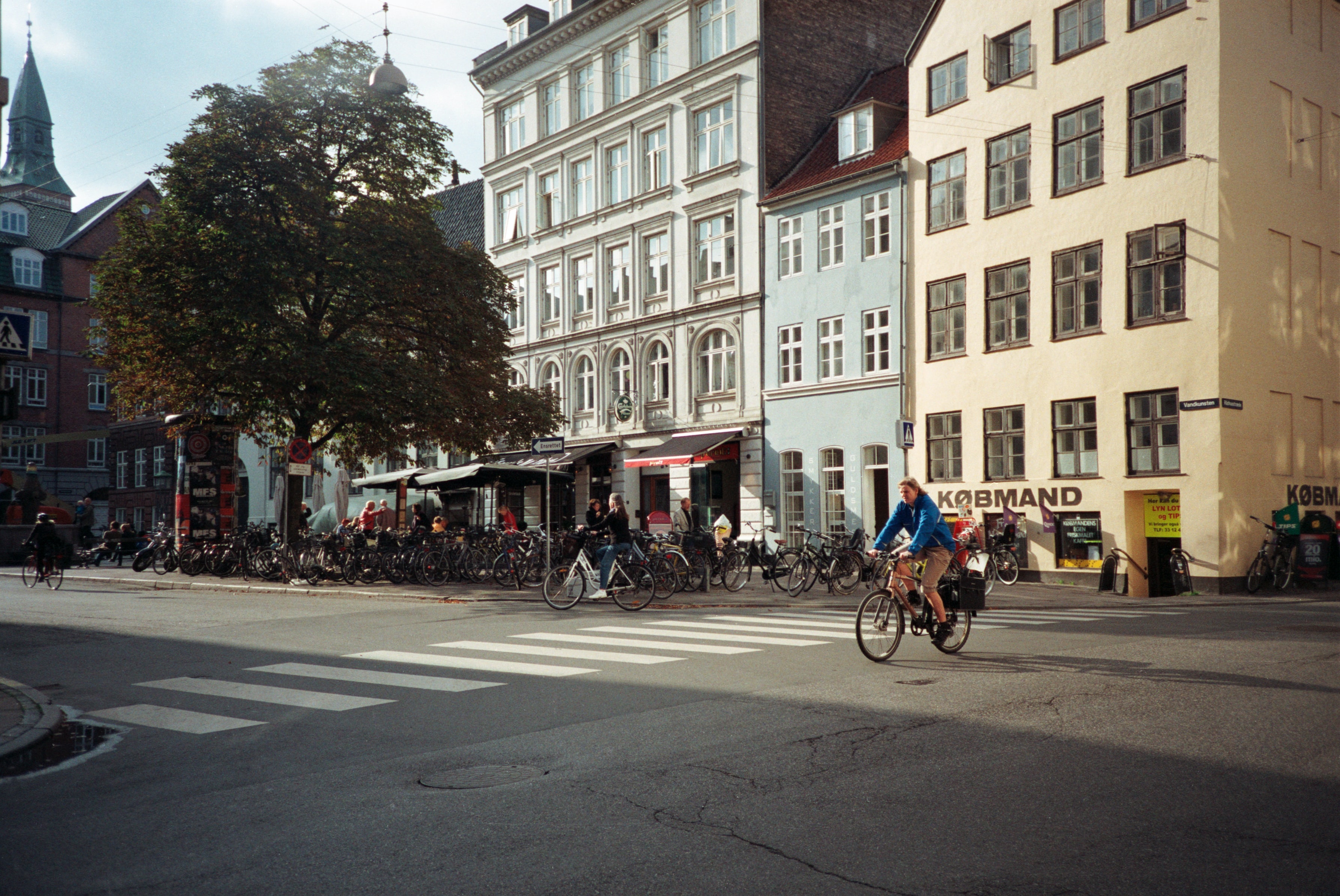
Your window on local traffic
Get high quality, continuous and real-time data, in collaboration with local citizens.


What is Telraam?
Telraam is your citizen-powered solution for collecting multi-modal traffic data with a purpose-built, affordable, and user-friendly traffic counter.Our Telraam sensor continuously monitors a street from a citizen’s window, providing crucial data on various modes of transport, including motorised vehicles, cyclists, pedestrians, and more. Telraam networks also create the opportunity for dialogue between traffic planners, local authorities and their most affected communities: the citizens who live on - and use - these streets, by turning traffic counting into an open and accessible citizen science project.
Inform the debate
Complex issues require quantitative traffic data to enhance our understanding and to find better solutions.
Gathering data to get a full picture of transport, leisure, and social activity for a network of streets is often impossible or very expensive with traditional tools like pneumatic tubes or manual counts.
Telraam sensors and networks provide a solution for citizens and their local representatives.
Traffic data for better streets
Telraam creates custom networks of sensors that leverage the knowledge
and access of local residents, using artificial intelligence (AI) technology to deliver consistent, timely, quality data for more efficient and effective infrastructure, traffic flow and traffic management plans.
Involving citizens and publishing open data brings researchers and policy makers into contact with local residents, creating the potential for interaction, dialogue, co-creation, and other forms of participation.









